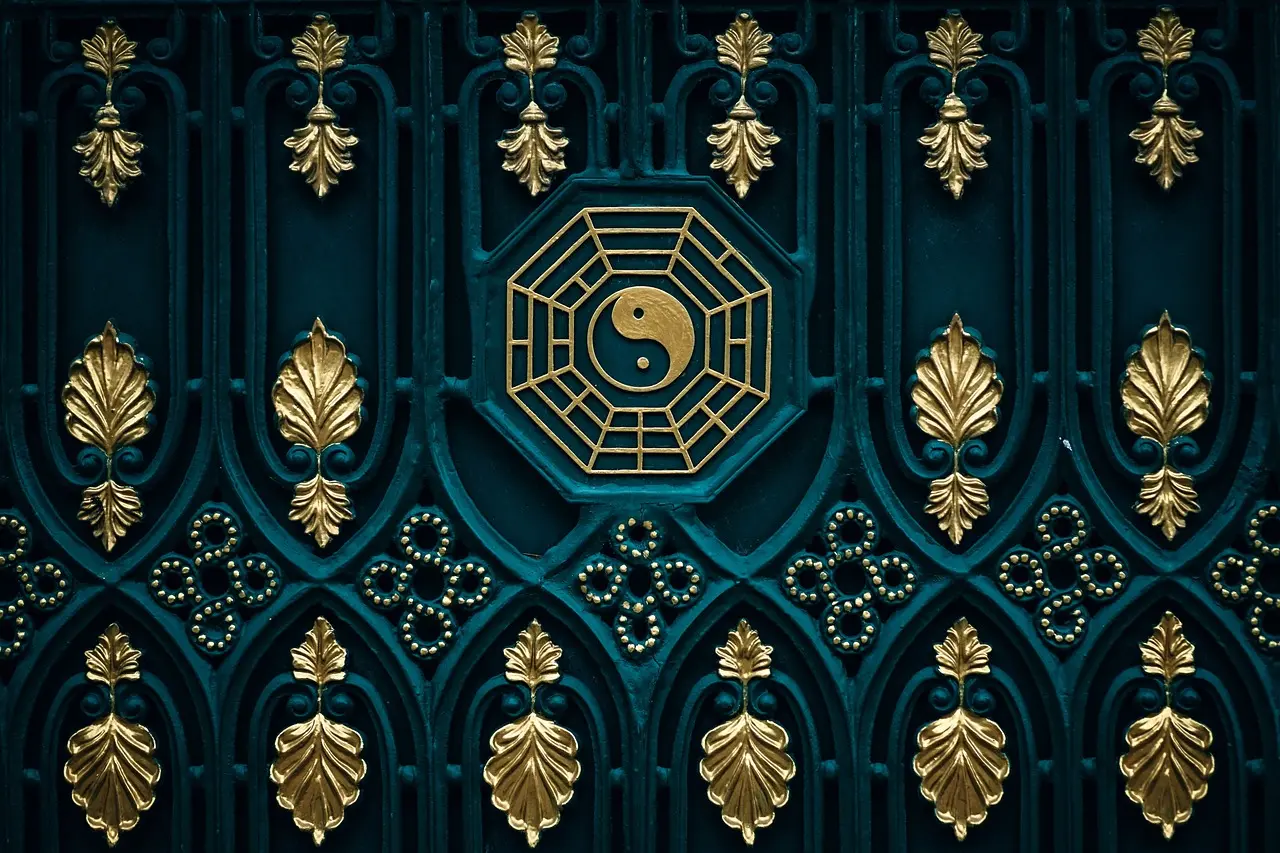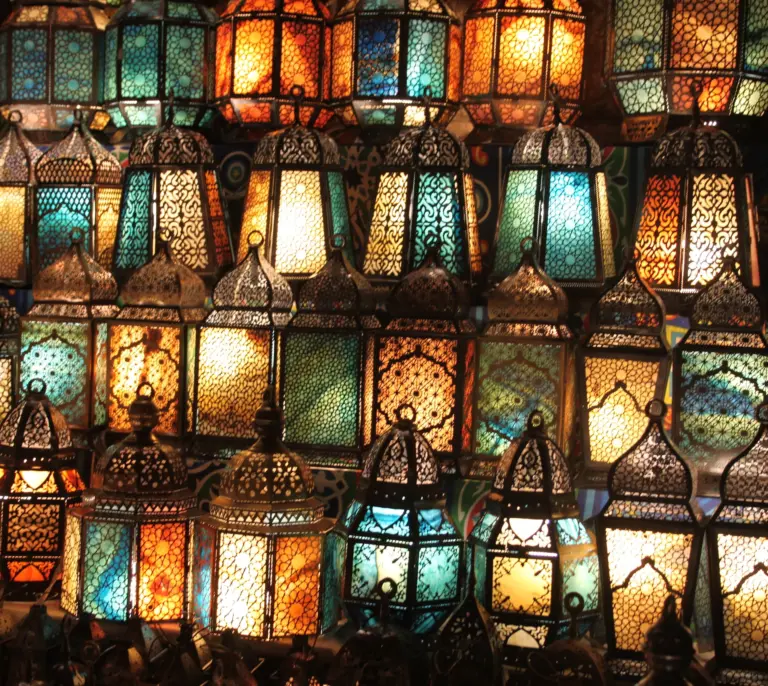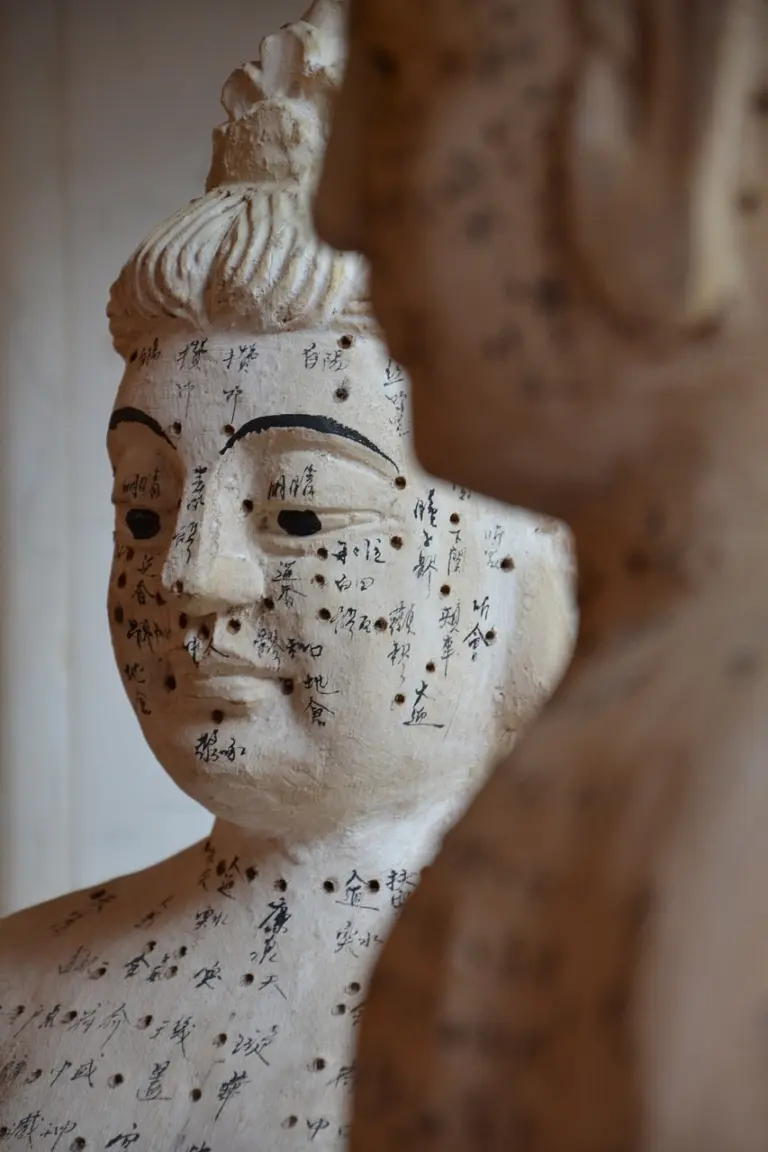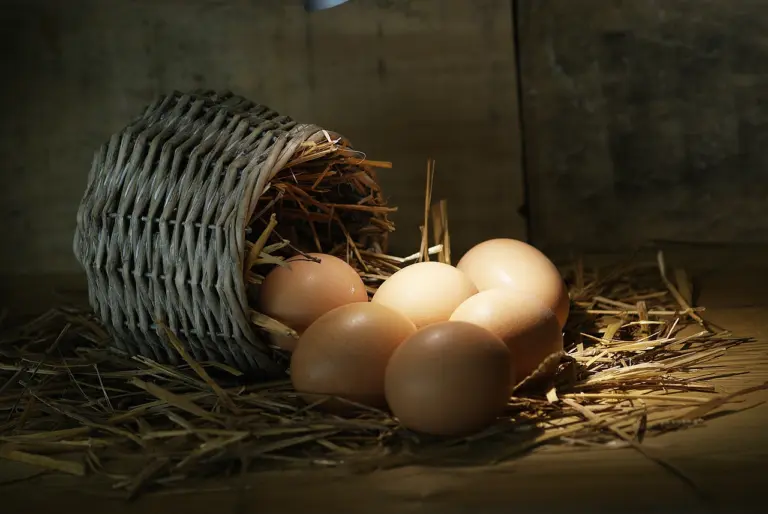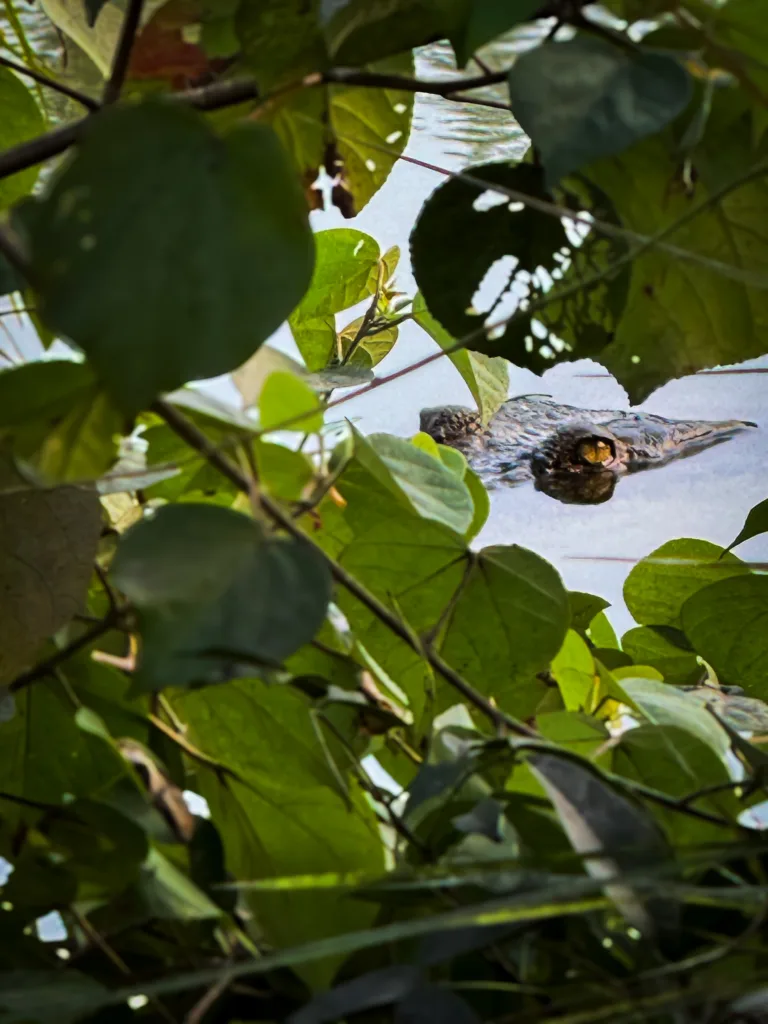In the quiet corners of our minds, a profound question often lingers, casting its shadow on our every choice, our every step: Are we the masters of our destiny, or are we just puppets of fate?
This timeless conundrum of Fate vs Free Will has been debated for millennia.
It is a question that transcends cultures, epochs, and civilizations, touching the very core of human existence and our understanding of the self.
To understand this enigma, let’s take a look at the sun-kissed landscapes of Ancient Greece, whether it’s in Athens or Delphi, traces of Greek Mythology are aplenty, then there’s the frosty realms of Norse cosmology where we see the concept of Fate itself personified.
Introducing the Moirai, the meticulous Greek spinners of fate and the Norns, the ethereal weavers of the Norse world. These ancient goddesses, though separated by geography, both grapple with the threads of life, destiny, and choice, offering invaluable insights.
One must ask: If the universe is truly governed by fate, where do our choices stand?
Table of Contents
Toggle
Fate vs Free Will
To fathom the concepts of Fate and Free Will is to voyage into the very heart of existence, to question the fabric of reality, and to understand the forces that invisibly shape the mosaic of our lives. Let’s take a closer look at these concepts:
- Fate: Fate often presents itself as an inevitable, predetermined course of events beyond human control. If there exists a grand design, a predetermined script for every living being, then the universe unfolds not randomly, but in a meticulously ordered manner. Determinism stretches this idea further, proposing that every event, every thought, and every action is an inevitable consequence of prior ones. This chain extends back to the dawn of time, creating a web of causality that binds the cosmos. The butterfly’s wings that cause a distant tornado, the falling apple that births a new understanding of gravity – these are but glimpses of determinism at work. Such a universe leaves little room for spontaneity; every tear, every laugh, every heartbeat follows an ancient, cosmic rhythm.
- Free Will: Contrasting this deterministic universe is the luminous beacon of free will. It proposes a world where we are not just passive recipients of fate, but active participants, carving our own destinies with conscious intent. Free will is the song of the soul, the assertion of autonomy. We possess the inherent ability to make choices, untouched by past events. It is the power to act at one’s discretion, a manifestation of true agency. To believe in free will is to believe in the human spirit’s potential to rise, to change, and to shape its journey. It’s the possibility that tomorrow is not a shadow of today but a canvas awaiting our touch.
Yet, as we stand at the crossroads of these vast, competing ideas, the challenge remains: How do we reconcile the age-old dance of fate with our yearning for agency? Is it possible that within the intricate tapestry of existence, threads of determinism intertwine seamlessly with strands of free choice?
Philosophy Meets Mythology

The Norns
In the vast, rugged landscapes of Norse mythology, beneath the shade of Yggdrasil, the World Tree, there dwell powerful beings who are central to the cosmic order. These are the Norns, mysterious and enigmatic figures, weaving destinies and casting runes that delineate the fates of both gods and mortals.
Much like the Moirai, the Norns are three in number, but their influence and domain stretch far beyond just the lifelines of individuals. They shape the destinies of entire worlds, the outcomes of epic battles, and even the ultimate fate of the universe itself. Their presence at the well of Urd, under Yggdrasil, symbolizes their intimate connection to the very essence of existence.
The Norns are made up of:
Urd, The Past: Often translated as “What Once Was,” Urd governs the past. She embodies all events that have come to pass, ensuring that history remains immutable. Her influence reminds us that our past, with its trials, triumphs, and lessons, is a cornerstone upon which our present is built.
Verdandi, The Present: Her name meaning “What Is Coming into Being,” Verdandi is the embodiment of the present. She represents the here and now, the unfolding moment, the breath we are currently taking. Verdandi’s realm is the ever-changing now, where actions meet consequences and choices shape outcomes.
Skuld, The Future: Translated as “What Shall Be,” Skuld rules the future. Enigmatic and veiled, she embodies the potentialities and promises yet to be realized. With Skuld, the future remains a myriad of possibilities, awaiting the weaver’s hand.
The Norns, for the Norse, were central to daily life and the understanding of the world. Every birth, every death, every stroke of luck or misfortune was seen as the intricate design of the Norns. Their importance can be gauged from the fact that they were believed to be older and more powerful than even the Aesir gods, including Odin himself.

The Moirai
In the rich pantheon of Greek Mythology, there exists a trio of deities whose power even the mightiest Olympians respect and often fear.
These are the Moirai, more commonly known as the Fates, and they reign supreme over the destiny of every mortal, god, and creature.
Derived from the Greek term “moira,” meaning “lot,” the Moirai represent the inescapable destiny of every being. They do not decide one’s fate based on whims or desires; rather, they ensure the course of events follows a predetermined path, aligning with the cosmic balance.
Their will is unyielding, their decisions absolute.
The Three Fates depicted above are a Christian depiction, just like the frescoes found on the monasteries of Meteora. They are:
-
Clotho, The Spinner: The youngest of the trio, Clotho spins the thread of life. From her distaff, every new life begins, its thread shimmering with potential and promise. Her realm encompasses birth and the start of all things. Every breath a newborn takes, springs from Clotho’s delicate threads.
-
Lachesis, The Allotter: With a discerning eye, Lachesis measures the thread, determining its length and, by extension, the lifespan of the being it represents. She not only governs the duration of life but also allocates one’s share of glory, sorrow, trials, and triumphs. It is through Lachesis that destinies are balanced, ensuring each being receives their rightful portion of joy and suffering.
-
Atropos, The Inevitable: Often depicted with shears, Atropos is the most feared among the Fates. With a single, decisive snip, she ends the thread of life, signifying death. Her cuts are precise, irreversible, and come without favor or prejudice. In the presence of Atropos, even the mighty Zeus would hesitate, for she alone determines the finality of life and death.
The Moirai were deeply embedded in the Greek’s understanding of the world. They symbolized the natural order that permeates every facet of existence. While other gods could be swayed, the Moirai exemplified the inevitability of fate. In Greek tragedies, the heroes and heroines, despite all their valor and cunning, can never escape the designs set by the Fates.
Lessons from the Myths
By diving into the narratives of the Norns and Moirai, we can glean valuable lessons about the delicate equilibrium of destiny and agency.

Tales of the Norns
-
Baldur’s Dream: Baldur, the beloved Norse god, had dreams of his death, which alarmed the gods. His mother Frigg extracted promises from every entity to not harm her son. However, the seemingly insignificant mistletoe was overlooked. Loki, ever the trickster, exploited this and orchestrated Baldur’s death using the mistletoe. The Norns had already carved Baldur’s fate. While the gods’ actions to protect Baldur seem to signify free will, the Norns’ predetermined design reigned supreme. This tale imparts the wisdom of acceptance and the realization that certain fates, no matter how we maneuver, are immutable.
-
The Binding of Fenrir: The wolf Fenrir, fated to wreak havoc during Ragnarok, was bound by the gods to prevent this catastrophe. Despite their efforts, the prophecy of Ragnarok remains, and Fenrir’s eventual escape and wrath are essential to it. This myth illustrates the tension between foreknowledge (awareness of one’s fate) and action (attempts to alter or delay it). The lesson is twofold: while one must act with intention and agency, one must also understand the broader cosmic plan.

Tales of the Moirai
Achilles’ Heel: Before the Trojan War, it was prophesied that Achilles, the Greek hero, would face a choice: to lead a long, inconsequential life or a short, glorious one. This narrative underscores the Moirai’s decree. However, Achilles’ choice to embrace his destined glory, even with the knowledge of impending doom, embodies the power of free will. The lesson? Even within the bounds of fate, our choices define the legacy we leave behind.
Oedipus’ Tragedy: King Oedipus’ attempt to escape his destiny—to kill his father and marry his mother, as foretold by an oracle—is a harrowing tale of the inescapability of fate. Yet, the lesson here isn’t the omnipotence of destiny but the peril of ignorance. Recognizing and accepting one’s fate, rather than blindly defying it, might have led Oedipus to a different end.
Both mythological sets teach us that fate and free will are not mutually exclusive. Rather, they coexist in a delicate balance. The Moirai’s threads and the Norns’ runes might dictate the grand design, but within those confines, there’s room for choice, agency, and individual impact.
Life, as mirrored in these tales, is neither a fixed line nor a random scatterplot—it’s a weave, where threads of destiny and free will intersect and intertwine.
Thus, while we navigate our lives with intention, we can also learn to respect the grander design, understanding that certain events are beyond our control. Acceptance, mixed with proactive agency, leads to a harmonious existence, as taught by the ancient myths of the Norns and Moirai.
Conclusion
Our present era, especially with the rise of data analytics, genetics, and behavioral psychology, often feels deterministic. We’re told that our genes dictate our health, algorithms predict our preferences, and our upbringing shapes our personality.
Similarly, the Norns and the Moirai weave and measure the threads of existence, establishing the parameters of fate. Yet, within these parameters, the heroes and gods of myths made choices, took actions, and bore consequences, much like we do today.
The modern narrative often champions absolute agency: “You can be anything you want to be.”
But the Norns and Moirai, propose a counter-narrative: there are limits, boundaries, and destinies that we must acknowledge. They challenge the modern ethos of unrestricted individualism, urging a balance between self-determination and cosmic design.
While it’s tempting to view the Norns and Moirai as arbiters of fixed destinies, a deeper exploration suggests they symbolize the in-between of fate and free will. Their threads and runes don’t negate choice; instead, they lay down the framework within which choices play out.
These figures highlight life’s duality.
They symbolize the events beyond our control—the genetic traits we inherit, the socio-economic environment we’re born into, the unexpected challenges life throws.
Simultaneously, they leave space for willpower, decision-making, and personal agency, emphasizing that while we can’t control every aspect of our destiny, we can influence its direction, texture, and hue.



